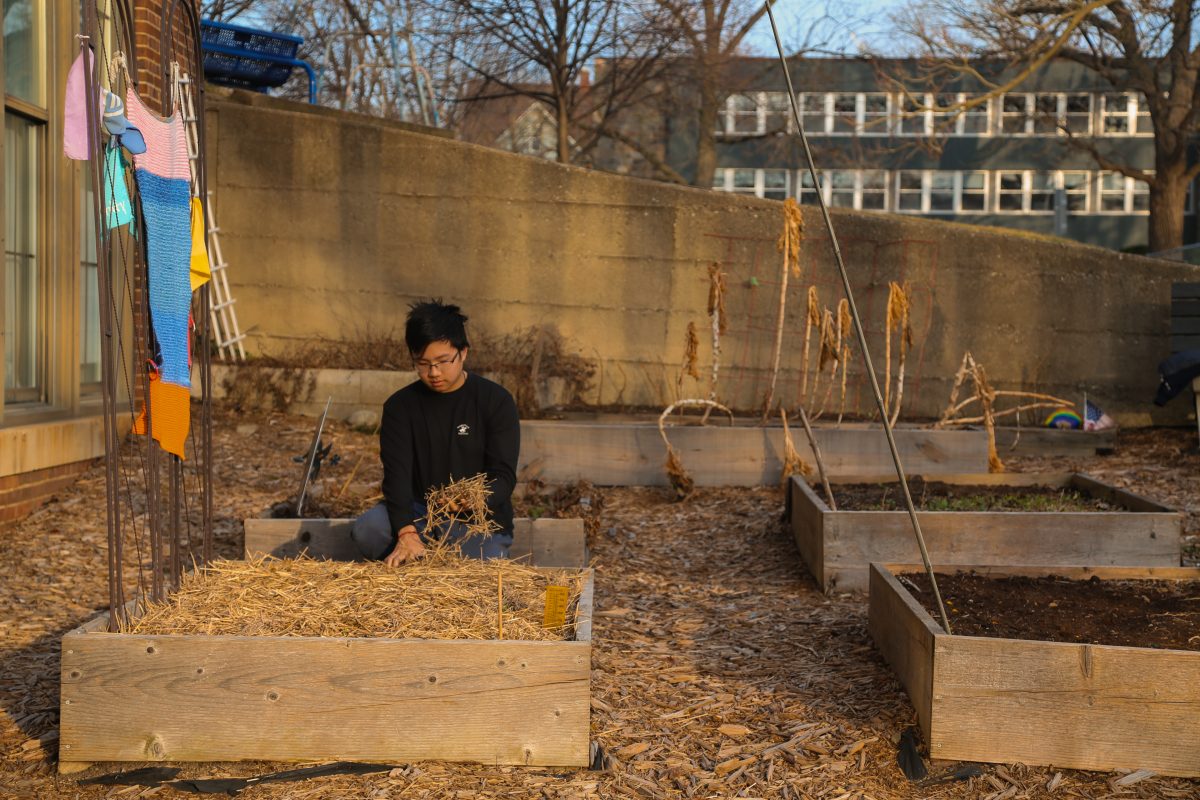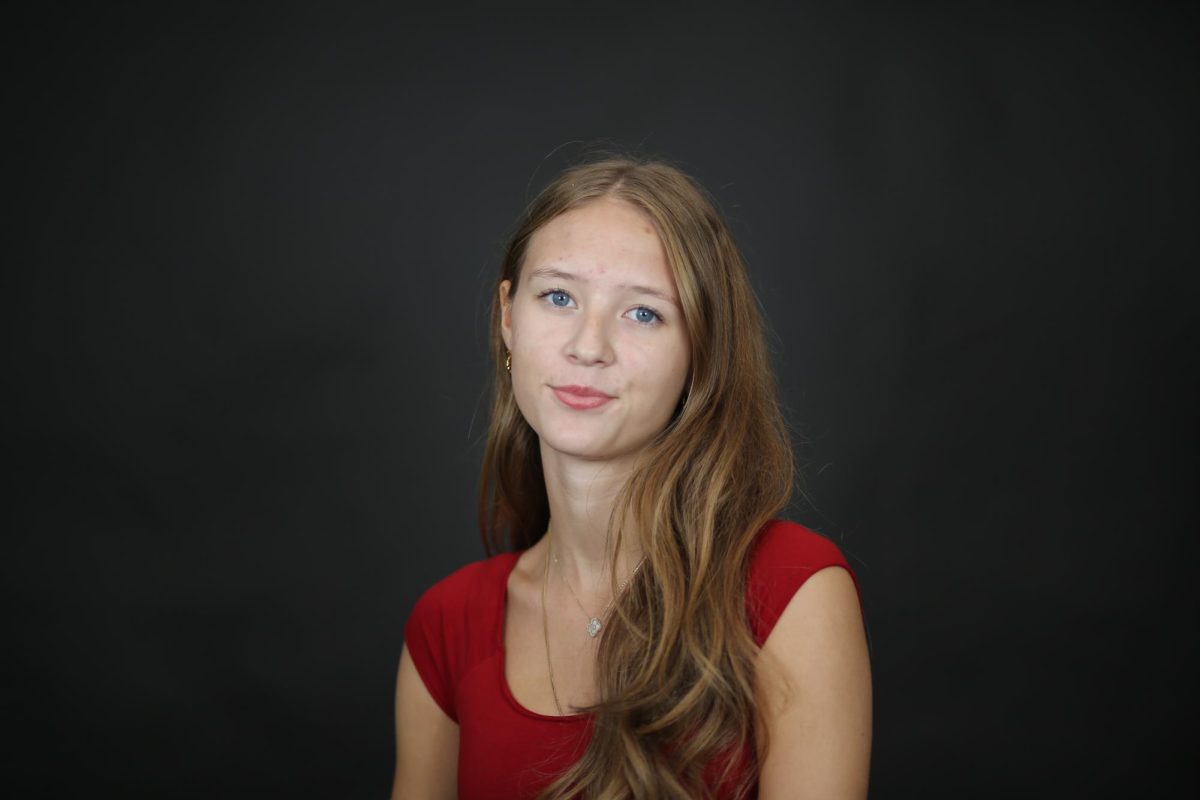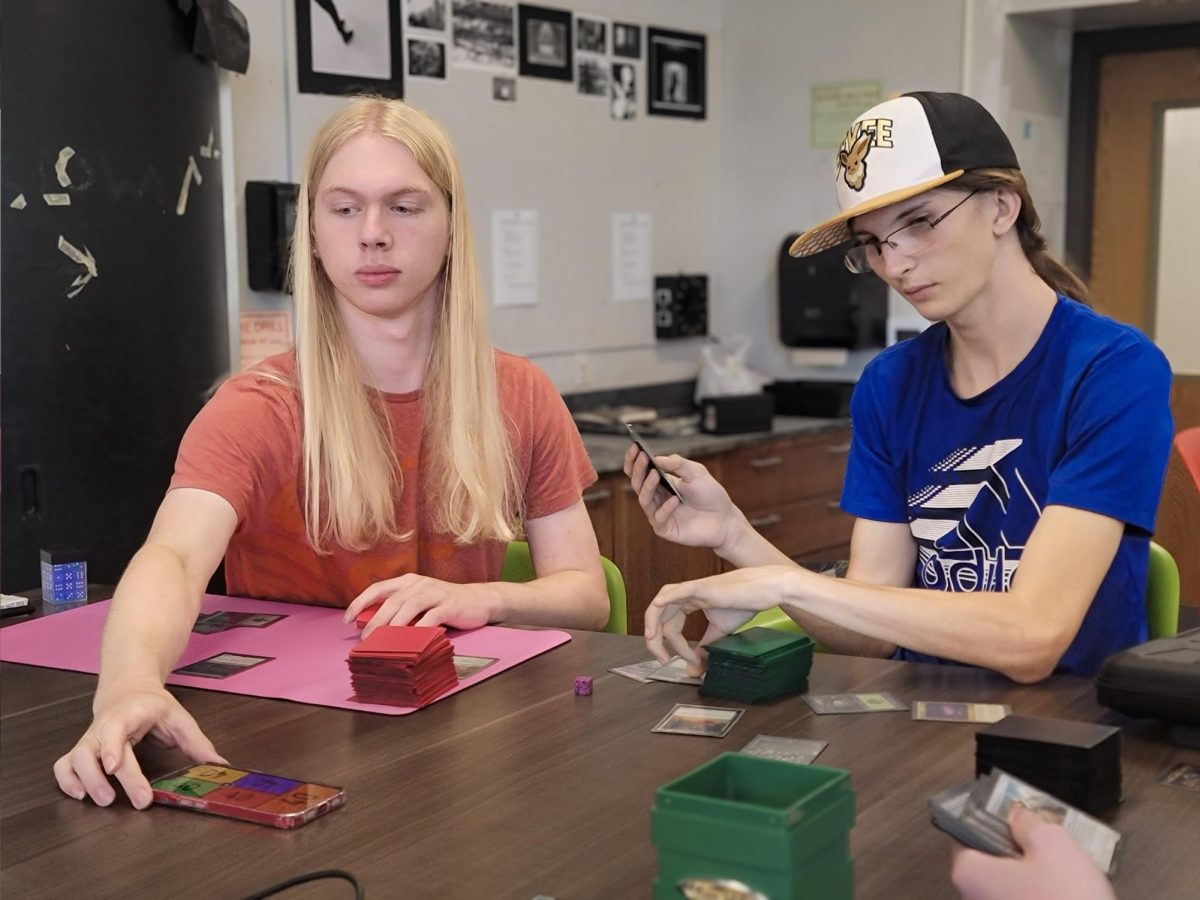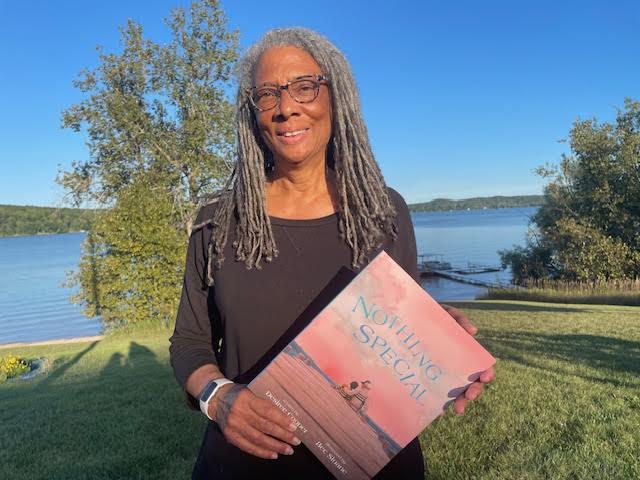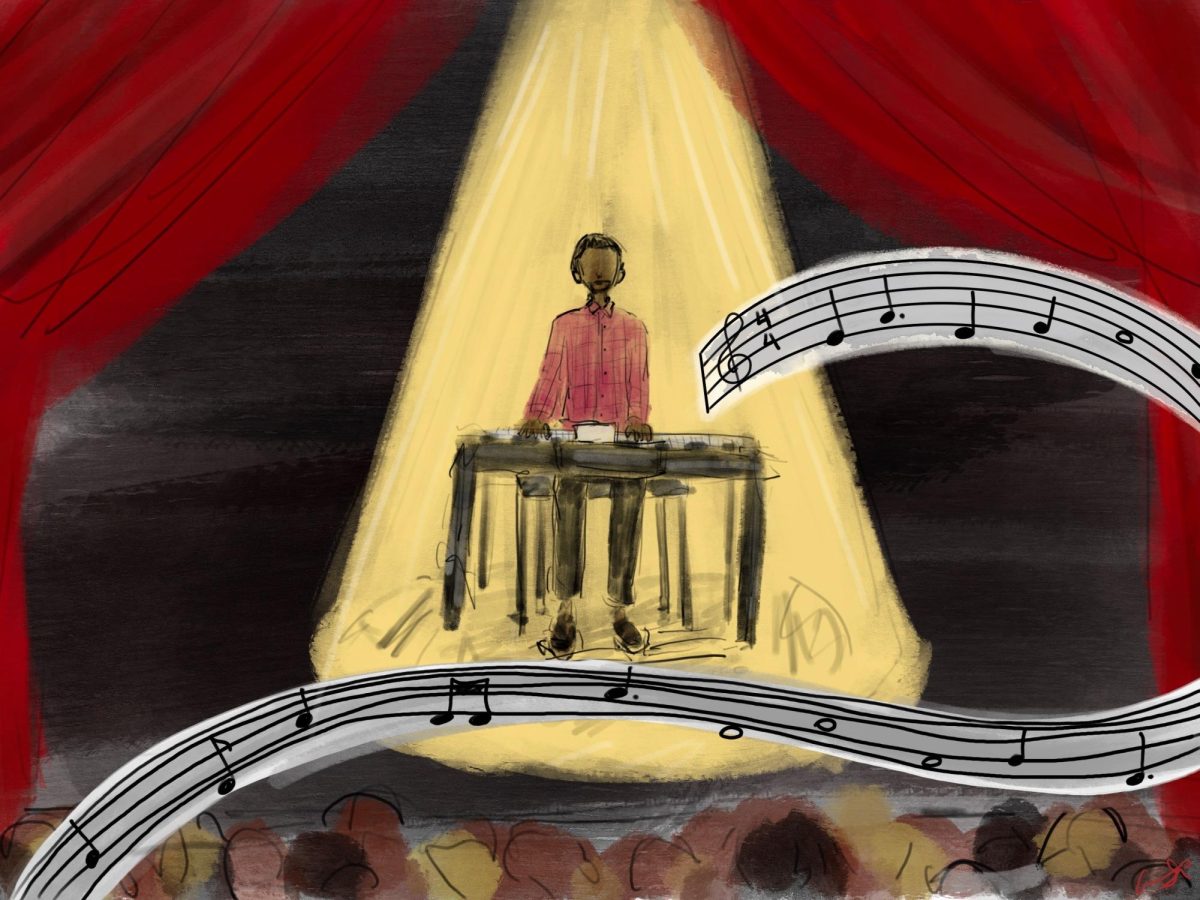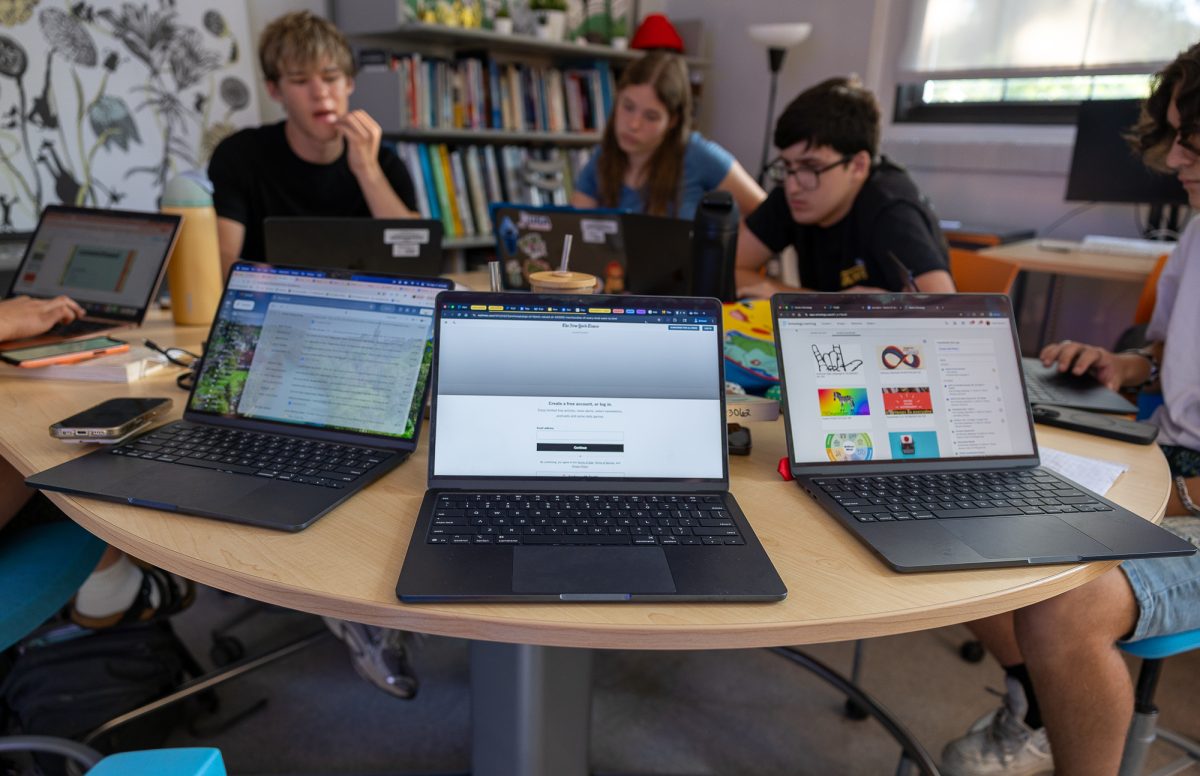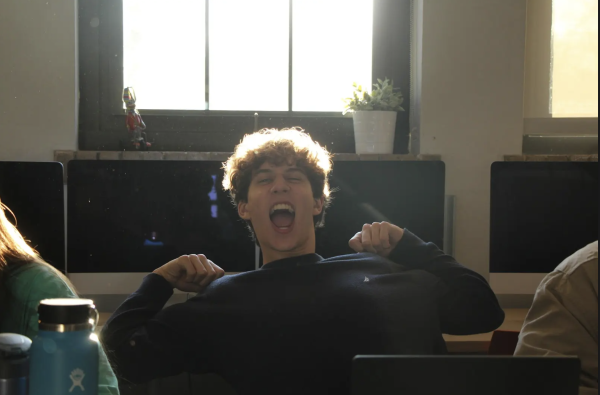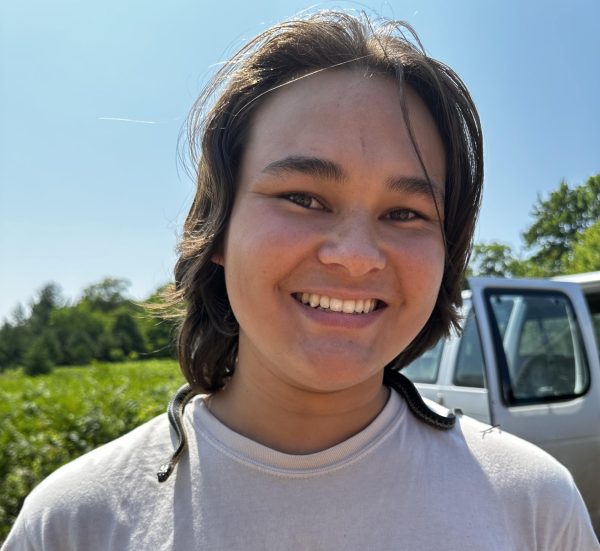Like many smaller cities, Ann Arbor has experienced the sprawl of urbanism: lines of stores, uncontrolled development of neighborhoods and streets enclosed with chain restaurants. However, despite the pressure to add stores, Ann Arbor has remained vigilant in reducing urban sprawl.
Courtney Kiley has spent her whole life in Ann Arbor, with family ties back to 1948 when her mother first moved into the city. Kiley remembers her mom telling her when she was a kid that Briarwood Mall was the country, the houses on State Street were considered way out of town farmhouses, and there was a one-room schoolhouse that was out in “the country” where her mom went to school for a couple of years and the houses along Stadium road were considered the mansions of Ann Arbor during the time before Barton Hills and Arbor Hills had been developed.
In 2024, Ann Arbor faces similar problems to the rest of the world: rising temperatures, pollution and changing weather patterns to name a few. However, Ann Arbor remains an environmentally friendly city. Around Ann Arbor exists a green belt, a strip of natural land that is left untouched to let plants and animals flourish. Ann Arbor also has initiatives like A2Zero, which would achieve carbon neutrality by 2030.
Kiley believes that one of the most important factors in achieving these goals is student involvement.
“Your livelihoods depend on it,” Kiley said. “No one’s going to be able to solve the problem except for the younger generations. You’re growing up in the climate crisis. I can teach you everything about it, but you guys are the generation that’s going to make the technologies and the policy decisions that are going to have an impact.”
One way for students to get involved is through the Freeman Environmental Youth Council, a group aimed to educate and promote the environment and sustainability with youth advocacy. The youth council is for AAPS students across all high schools and regularly collaborates on projects like creating newsletters and educating younger students. They’ve also done work towards changing statewide policies. Charlie Rosenfeld, CHS senior, is part of the council. During his sophomore year, Rosenfeld grew more aware of the threats to the environment and eventually joined the youth council.
“I wanted to find a way to channel this energy and emotion into something that felt practical,” Rosenfeld said. “The youth council has been really practical for me and given me a way to exercise my feelings. I have hope to make a change in the world around me and be able to transfer that energy effectively into projects and have a quantifiable effect.”
Rosenfeld is part of the education subcommittee. They organize events with kids and educate them about waste management and sustainability. In the spring, the committee participated in events with kids where they led activities and games to excite and educate kids about the environment.
“I think that the most effective way to just make people feel passion for the environment and to care about the environment is educating them,” Rosenfeld said. “And so teaching them about kind of the things that naturally exist and occur in the world around us, I think is the effective way to educate people and in doing so you can create a passion.”
This is Rosenfeld’s last year on the council. With only a little time left, he wants to make sure he can create a lasting impact by imparting the many things he’s learned.
“Help them build off of what I’ve done rather than having to pave the exact same path that I did,” Rosenfeld said. “I want them to be able to use my knowledge to continue to grow and have a greater impact.”
In the spring, the youth council took part in the Leslie Science and Nature Center’s Earth Day event. The center is a local nature space, specializing in education while providing over 50 acres of land. David Clipner, Director of Education and Wildlife at the Leslie Science and Nature Center, also believes that creating passion is one of the best ways to educate, especially when you can experience what you’re learning.
“Conservation does not exist without an educational component,” Clipner said. “Because no matter how much work you do, like you could clean up a whole forest, but if you don’t teach people about that process, they don’t continue that work.”
As part of their expanding environmental policies, AAPS developed a program that supports school gardens. The CHS garden, now named the Jones Community Garden, was established in 2019. After a Mosher Forum discussion, they started on the project in April 2019.
During quarantine, when the Mosher Forum couldn’t tend to the garden, parents of the Mosher Forum continued to plant.
“There were all kinds of rules about what we could and couldn’t do,” said Danelle Mosher, CHS Forum leader. “Remember at the beginning of COVID-19 how weird that was? Don’t leave the house. You can leave the house but if you do, then do this and that. But they pushed through and did work even with the COVID period.”
The Mosher Forum students originally wanted the garden’s produce to go to local groups, like St. Andrews church and its breakfast program. But now, much of the produce goes towards CHS, with fruits and vegetables shared with teachers and students. Mosher hopes that the garden remains a place where students can come to pick some food to eat, participate in feeling the dirt with their hands and possibly bring birds and butterflies with seeds and milkweed.
Sylvie Zawacki got her start gardening by helping her parents in their backyard garden. In middle school, Zawacki got more experience in her school’s garden. At CHS, Zawacki designed a CR in which she tended to the garden along with maintaining and planning out the plots.
Although Mosher sometimes finds it hard to get her Forum excited about the garden, she is glad for the new installment. With many rooms changing, Mosher was eventually moved right next to the garden.
“That space was always just green grass and nobody ever went there,” Mosher said. “And [my class] is right outside there. So it was nice to look out and see the garden. I like having the garden so that students can walk through and have their lunch out there and join that space. Unifying the community.”



